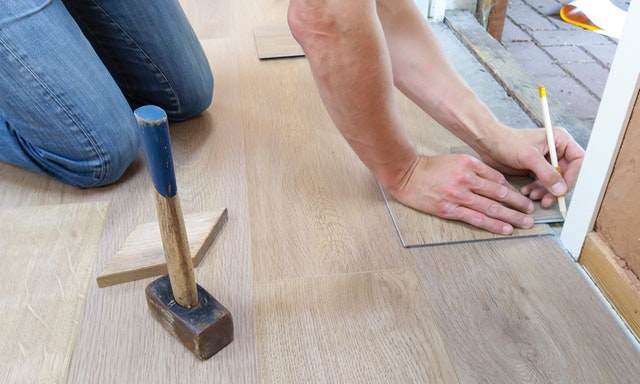Home Renovations Are On The Rise
 Millennials are among the most common demographic buying homes today. According to numerous reports that have been published, many homeowners are planning on conducting a home improvement project this year. In large part, this is due to millennials wanting to improve their homes.
Millennials are among the most common demographic buying homes today. According to numerous reports that have been published, many homeowners are planning on conducting a home improvement project this year. In large part, this is due to millennials wanting to improve their homes.
Furthermore, home improvement projects may have bigger budgets this year when compared to prior years. It will be interesting to see what kind of home improvement projects unfold this coming year.
Types Of Home Improvement Projects
There are numerous renovation projects that homeowners are going to undertake this year. The most common are outdoor remodels. Many homeowners want to produce encompassing decks, providing a larger space for people to get together and hang out.
In addition to decks, people are looking to add patios as well. Patios can be made from a variety of materials; however, stone is becoming more popular. Homeowners are thinking about adding outdoor kitchens as well.
The most popular indoor renovation project involves the bathroom. People are starting to realize just how much time they spend in the bathroom. With new trends unfolding in terms of baths, showers, and toilets, many homeowners are looking to make an upgrade.
Finally, kitchen renovations are going to be popular as well. This comes as part of a push to generate an open concept among the kitchen, living, and dining areas. With new appliances coming out, there are plenty of opportunities for kitchen upgrades as well.
Reasons For Home Improvement Projects
Many experts are wondering why these home improvement projects are taking place now. The biggest reason is that homeowners are worried about the impression their house would make on their guests. Many homeowners are indicating that they have been planning these projects for a while; however, they haven’t had the time or money to carry out this project until now.
More Home Improvement Projects Are Coming This Year
With more people looking to carry out home improvement projects, expect to see a major jump in home values. Many homeowners enjoy a significant return on the investment they make in home improvement projects. This means that the value of their house may see a jump once the project is finished.

 When you buy a new house, the first thing you want to do is protect your investment. You already have property insurance. Should you also buy a home warranty?
When you buy a new house, the first thing you want to do is protect your investment. You already have property insurance. Should you also buy a home warranty? As a homebuyer, your real estate agent will do their best bring you to see homes that meet the criteria you asked for. However, there’s no guarantee that a home will have a history of being properly cared for.
As a homebuyer, your real estate agent will do their best bring you to see homes that meet the criteria you asked for. However, there’s no guarantee that a home will have a history of being properly cared for.